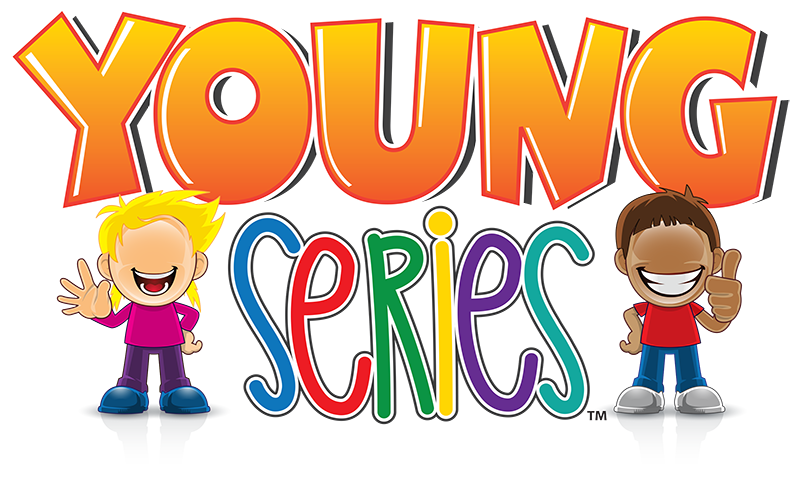The impact of low-income households in regards to literacy needs to be spoken of. Inequalities in wealth distribution, resource distribution, and quality of life are increasing in the United States and globally (American Psychological Association, 2012). The American Psychological Association (2012) continues by stating initial academic skills are a correlation of their home environment, where low literacy environments and chronic stress negatively affect a child’s pre-academic skills. Socioeconomic status is a combination of the education and income level of a family, influences the home literacy environment and subsequently, children’s academic performance (Ghosh, 2013).
Studies indicate that children from low socioeconomic status families (low-income households) have a higher risk of reading-related difficulties in school (Whitehurst & Lonigan, 1998). If low socioeconomic status parents do not initiate as many of the literacy-related conversations as high socioeconomic status parents, low socioeconomic status children may have less exposure to talk about print concepts early on (Ghosh, 2013). According to Whitehurst & Lonigan (1998), this may explain why low socioeconomic status children tend to acquire language and reading skills at a slower rate.
As a direct result of living in poverty and low-income households, children experience one-fourth of developed vocabulary. Income-based differences in children’s vocabulary start as early as eighteen months (Snow, 2013). What’s intriguing about this research by Snow (2013), is that it again confirms that a child’s language development has an impact if the child is living in poverty. If we were to wait until the child enters preschool at the age of four, we as a nation would have wasted precious time in closing known, predictable gaps in children’s learning and development (Snow, 2013).
At twenty-four months of age, children from low-income households are processing language at the same speed as children from higher-income households could when they were nineteen months old (Snow, 2013). In words heard, the average child on welfare was having half as much experience per hour – six hundred and sixteen words per hour, as the average working-class child – one thousand, two hundred fifty-one words per hour (Hart & Risley, 2003). Hart & Risely (2003) also note that this is less than one-third that of the average child in a professional family – two thousand, one hundred and fifty-three words per hour.
Low-income levels are frequently associated with lower educational levels and poor adult literacy levels in home (Hoffman & Llagas, 2003). Middle and upper-class parents engage much more commonly in converted cultivation – the deliberate organization of childhood around intellectual and socio-emotional development (Duncan & Murnane, 2011). The relationship between family income and preschool enrollment among three-and four-year-old children has grown in the last quarter of a century.













